Vinegar is a versatile and essential ingredient in many cuisines, adding tanginess and depth to dishes. With various types of vinegar available, each boasting unique flavors and uses, it can be overwhelming to choose the right one for your cooking needs. In this guide, we’ll explore the different types of vinegar and their uses, helping you make the most of this versatile ingredient in your kitchen.
White Vinegar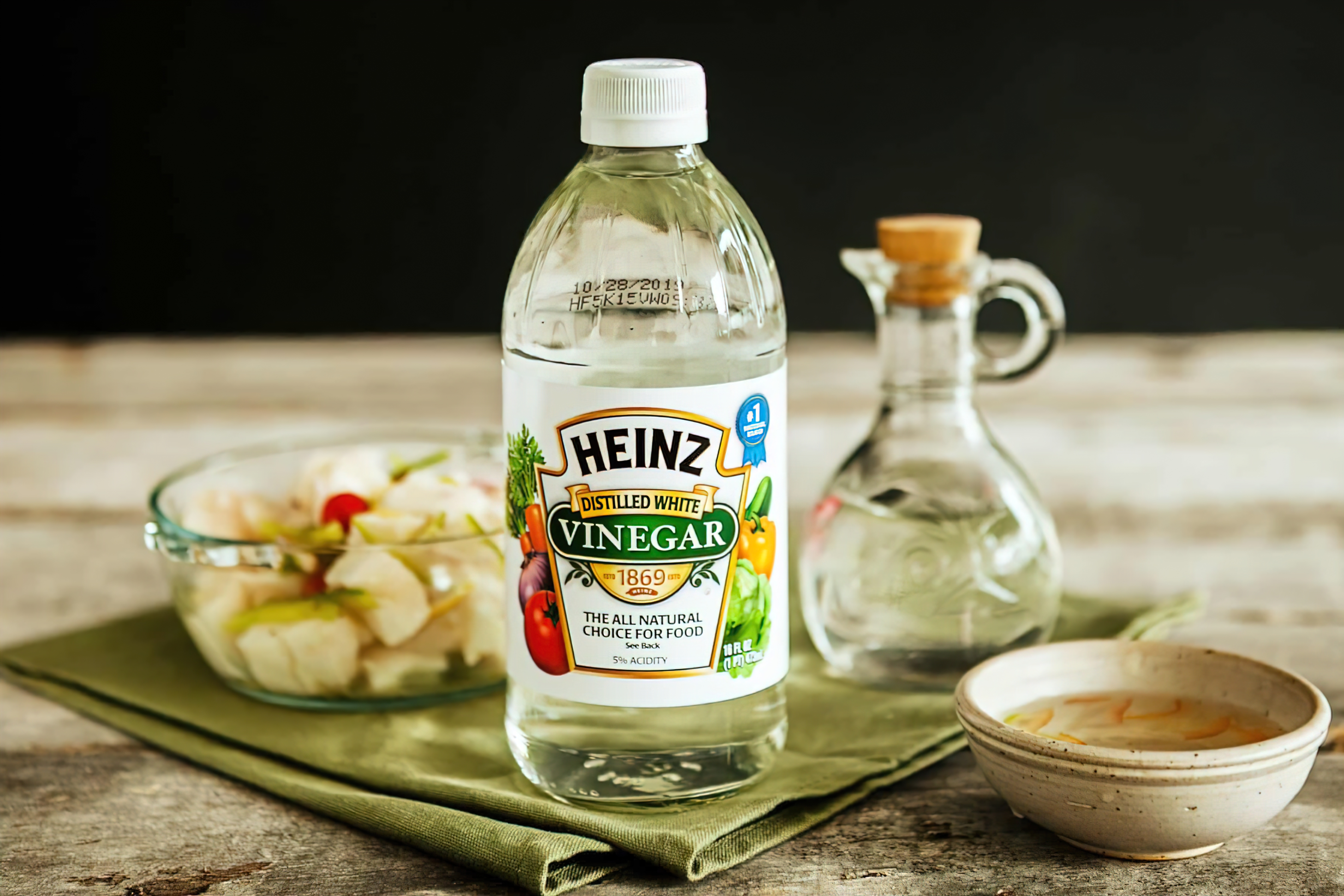
White vinegar, also known as distilled vinegar, is a clear, colorless liquid with a sharp, acidic taste. Made from fermented grain alcohol, it’s often used in pickling, preserving, and cleaning. In cooking, white vinegar is perfect for adding a punch of acidity to salad dressings, marinades, and homemade mayonnaise. Additionally, it can be used as a natural cleaning agent to remove stains and odors from various surfaces.
Apple Cider Vinegar
Apple cider vinegar is made from fermented apple juice and has a mellow, fruity flavor. It is widely used in salad dressings, marinades, and sauces. Due to its potential health benefits, such as aiding digestion and regulating blood sugar levels, it’s also popular as a dietary supplement. Try using apple cider vinegar to make a tangy coleslaw or as a base for a delicious barbecue sauce.
Balsamic Vinegar
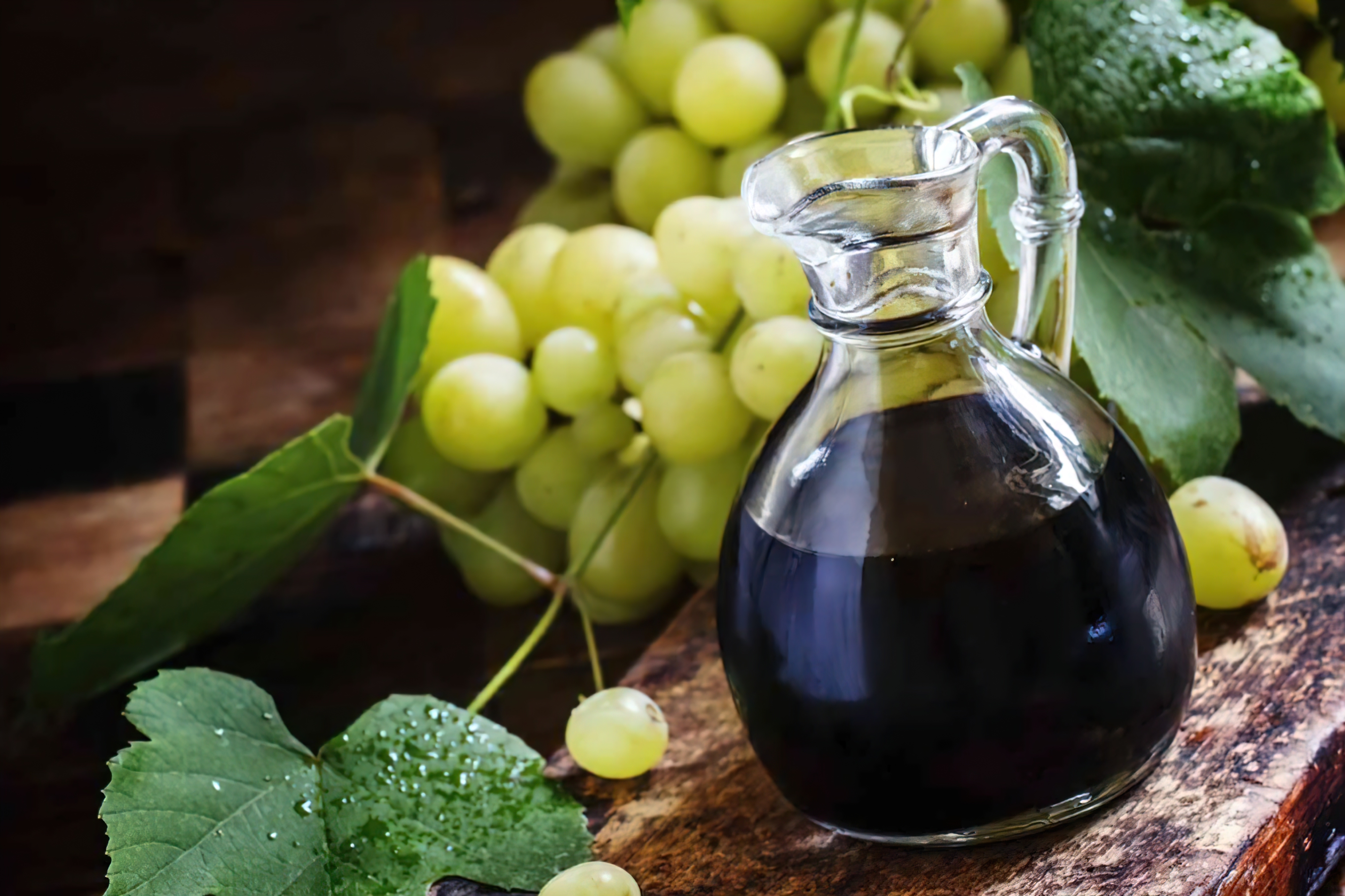
Originating in Italy, balsamic vinegar is made from the juice of Trebbiano grapes and aged in wooden barrels, resulting in a rich, dark color and a sweet, tangy taste. Balsamic vinegar is ideal for salad dressings, glazes, and reductions. Its bold flavor pairs well with fruits, cheeses, and grilled meats. Drizzle balsamic vinegar over strawberries or caprese salad, or reduce it to create a flavorful glaze for grilled chicken or pork.
Red Wine Vinegar
Made from fermented red wine, red wine vinegar has a robust flavor with fruity undertones. It’s commonly used in Mediterranean cuisine, particularly in salad dressings, marinades, and sauces. Red wine vinegar works well with hearty flavors, such as in a Greek salad or a marinade for beef or lamb. It can also be used as a deglazing liquid, adding depth to pan sauces and gravies.
Rice Vinegar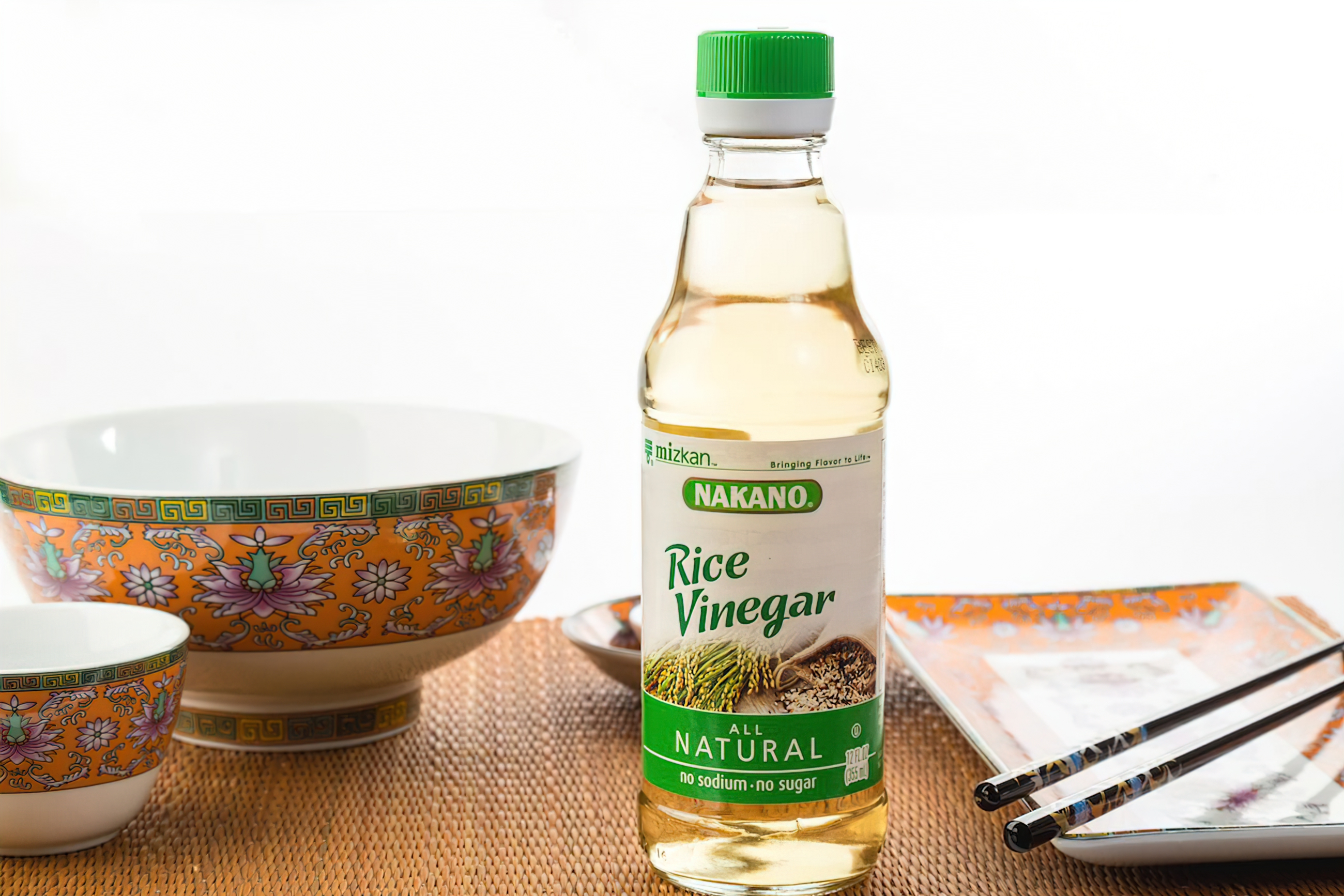
Rice vinegar, also known as rice wine vinegar, is made from fermented rice and has a mild, slightly sweet taste. It’s a staple in Asian cuisine, used in sushi rice, salad dressings, dipping sauces, and pickled vegetables. Try using rice vinegar in a sesame cucumber salad or as part of a dipping sauce for dumplings or spring rolls.
Malt Vinegar
Made from fermented barley malt, malt vinegar has a distinct malty flavor and is popular in British cuisine. Its robust taste pairs well with fish and chips, making it a classic condiment for this iconic dish. Malt vinegar can also be used in pickling, adding a unique flavor to pickled onions, cucumbers, and other vegetables. Give malt vinegar a try in a traditional English pickled egg recipe or as a tangy addition to homemade potato salad.
Champagne Vinegar
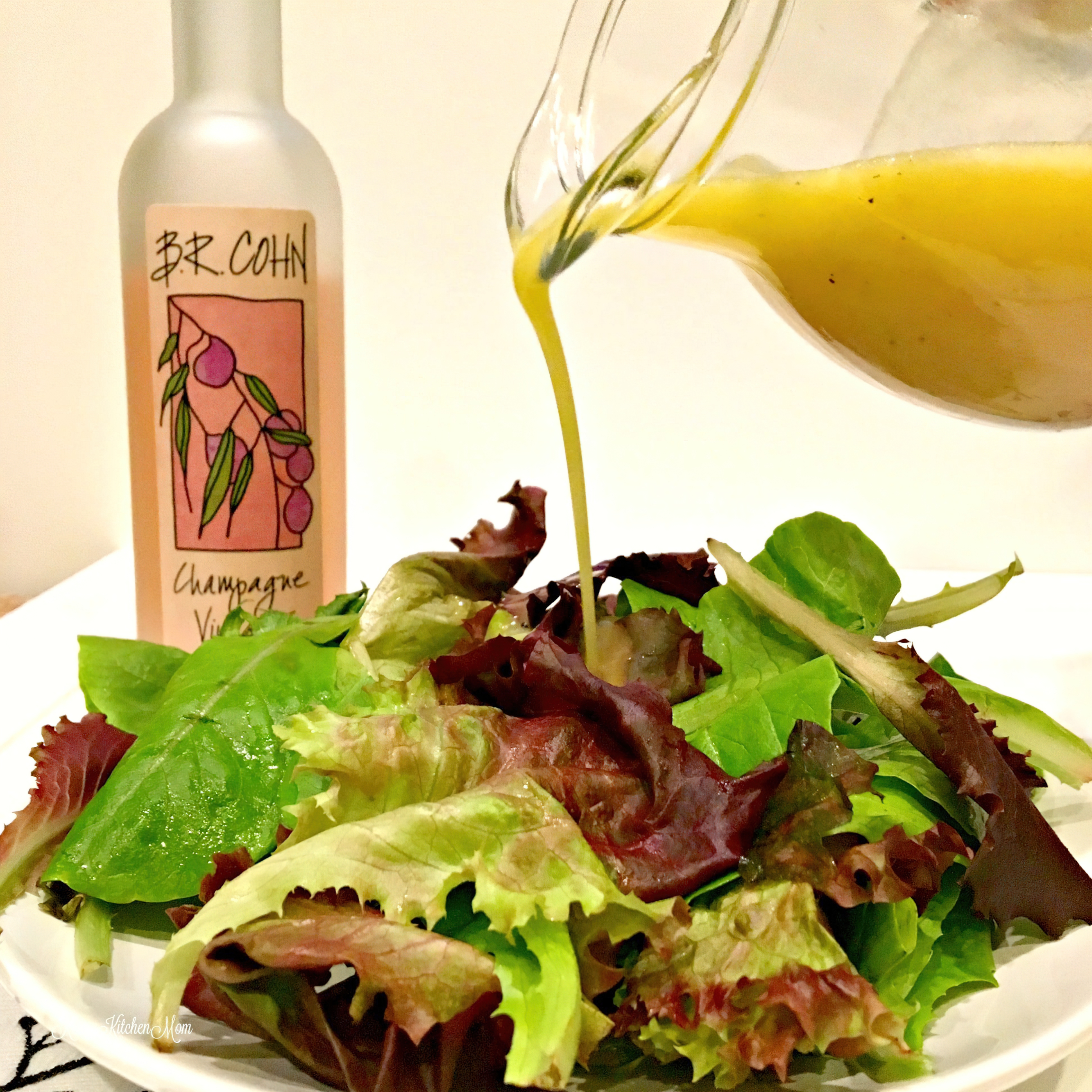
Champagne vinegar is produced from the same grapes used to make champagne, primarily Chardonnay and Pinot Noir. With its delicate, slightly sweet flavor, it’s a fantastic choice for vinaigrettes, sauces, and reductions. Champagne vinegar is particularly well-suited for seafood and poultry dishes, adding a subtle tang without overpowering the dish. Use it to make a luxurious beurre blanc sauce for fish or a light vinaigrette for a fresh green salad.
Sherry Vinegar
Sherry vinegar, originating from Spain, is made from sherry wine and aged in oak barrels. It has a rich, nutty flavor that adds depth and complexity to dishes. Sherry vinegar is often used in Spanish and French cuisine, particularly in salad dressings, sauces, and braised dishes. Incorporate sherry vinegar into a classic Spanish gazpacho or use it to deglaze a pan for a rich, flavorful sauce.
Coconut Vinegar
Coconut vinegar is derived from the sap of the coconut tree and is common in Southeast Asian and Filipino cuisine. It has a slightly sweet, tangy taste and is rich in nutrients, making it a popular choice for health-conscious cooks. Coconut vinegar is great for dressings, marinades, and sauces, especially in tropical-themed dishes. Try using coconut vinegar in a Filipino chicken adobo recipe or as a marinade for grilled shrimp.
Fruit Vinegars
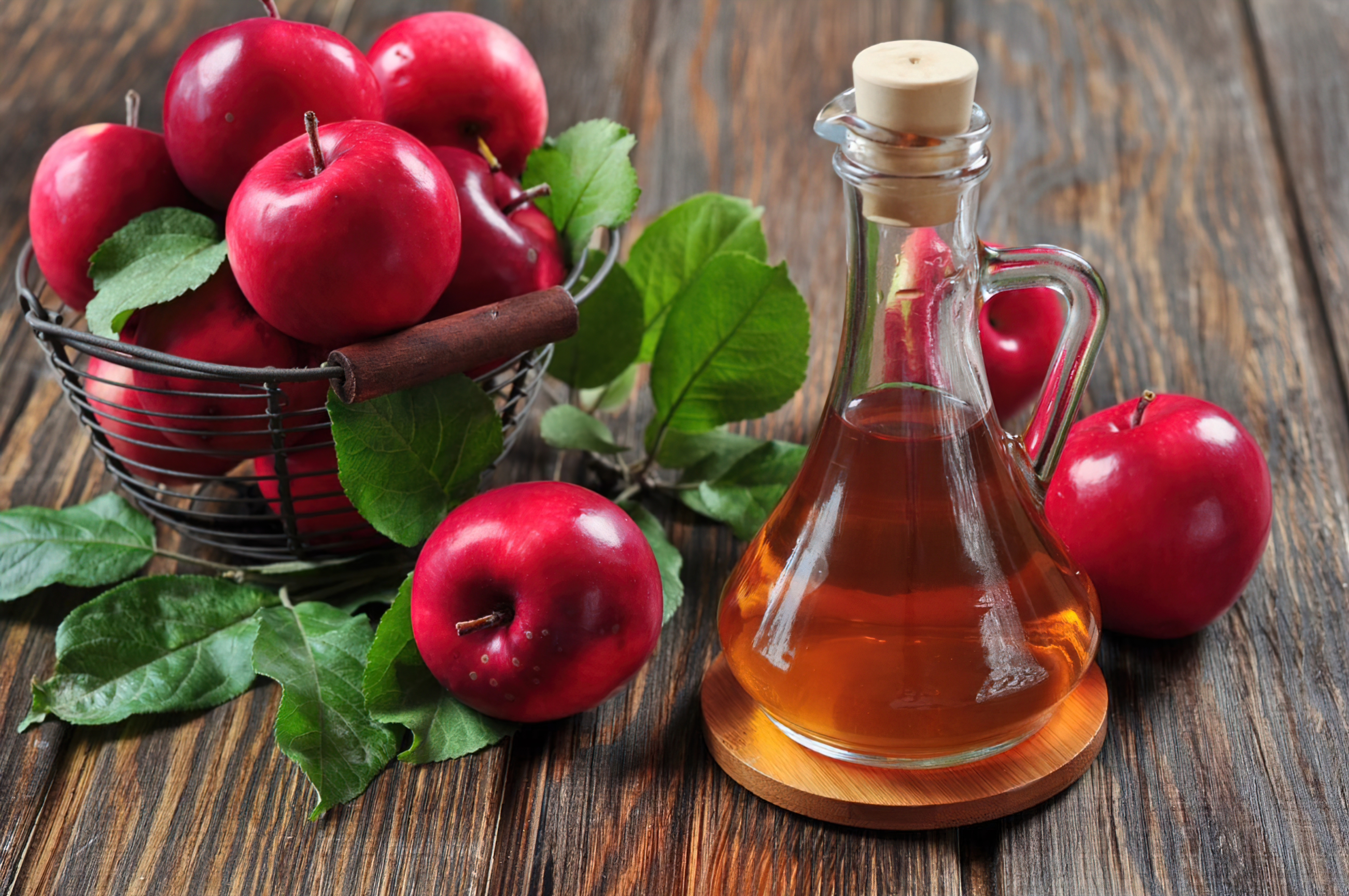
Fruit vinegars are made from various fruits, such as raspberries, blackberries, and pears, and have a sweet, fruity flavor. These vinegars are excellent for adding a burst of flavor to salad dressings, sauces, and even desserts. Drizzle a raspberry vinegar over a spinach salad with goat cheese, or mix it with olive oil for a fruity vinaigrette. You can even use fruit vinegars in creative cocktails, adding a tangy twist to your favorite drinks.
In conclusion, expanding your knowledge of different types of vinegar and their uses can greatly enhance your culinary repertoire. Don’t be afraid to experiment with various vinegars to create new, exciting flavor combinations. With a world of vinegars to choose from, your cooking will never be dull!

